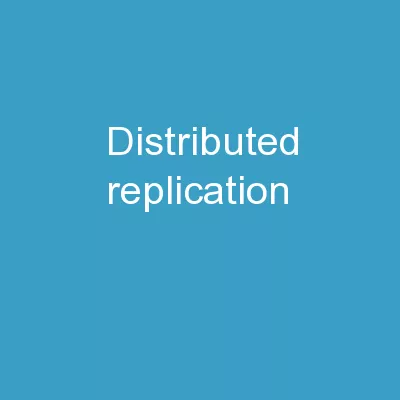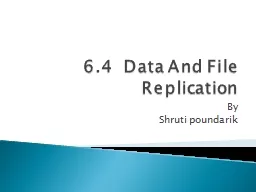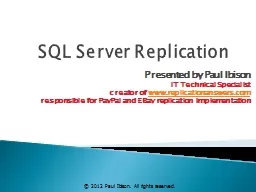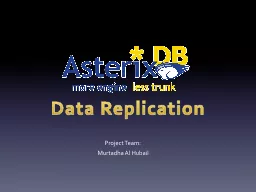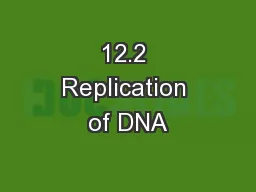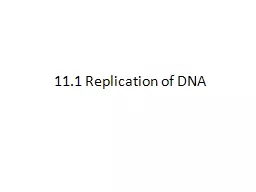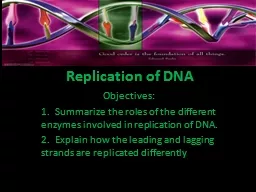PPT-Distributed Replication
Author : faustina-dinatale | Published Date : 2019-03-22
Lecture 11 Oct 6 th 2016 Howd we get here Failures amp single systems fault tolerance techniques added redundancy ECC memory RAID etc Conceptually ECC amp RAID
Presentation Embed Code
Download Presentation
Download Presentation The PPT/PDF document "Distributed Replication" is the property of its rightful owner. Permission is granted to download and print the materials on this website for personal, non-commercial use only, and to display it on your personal computer provided you do not modify the materials and that you retain all copyright notices contained in the materials. By downloading content from our website, you accept the terms of this agreement.
Distributed Replication: Transcript
Download Rules Of Document
"Distributed Replication"The content belongs to its owner. You may download and print it for personal use, without modification, and keep all copyright notices. By downloading, you agree to these terms.
Related Documents

